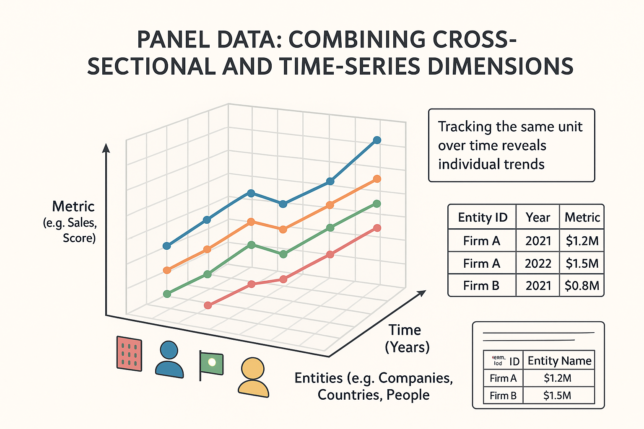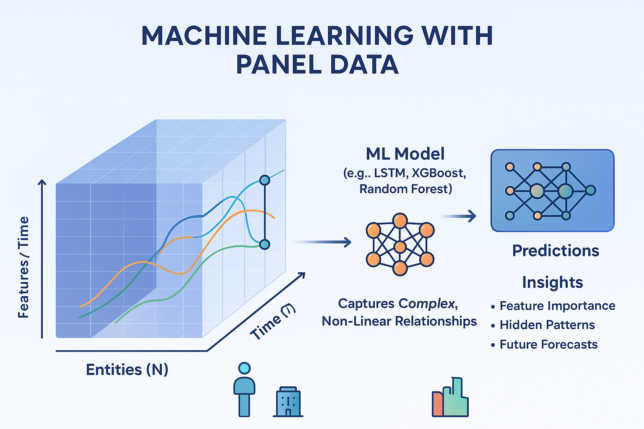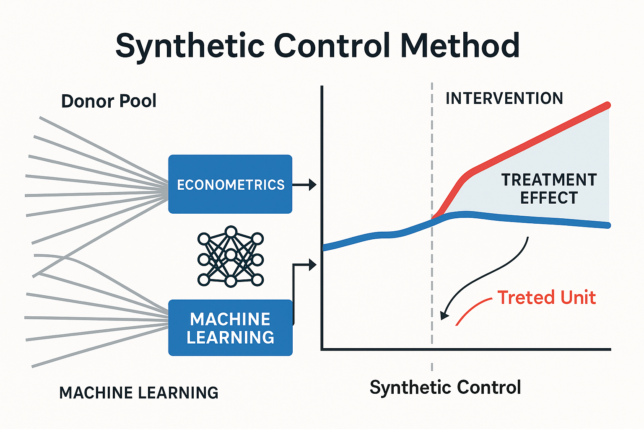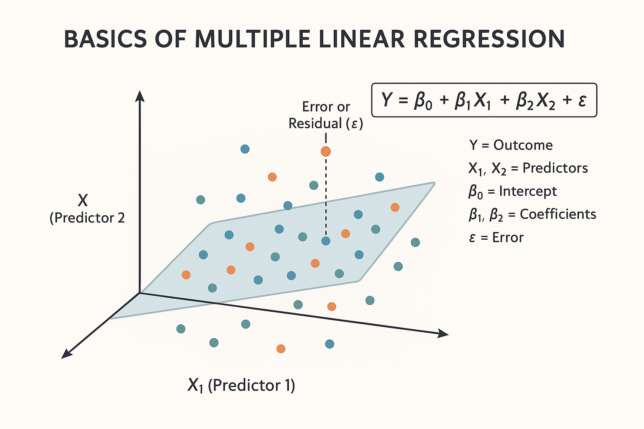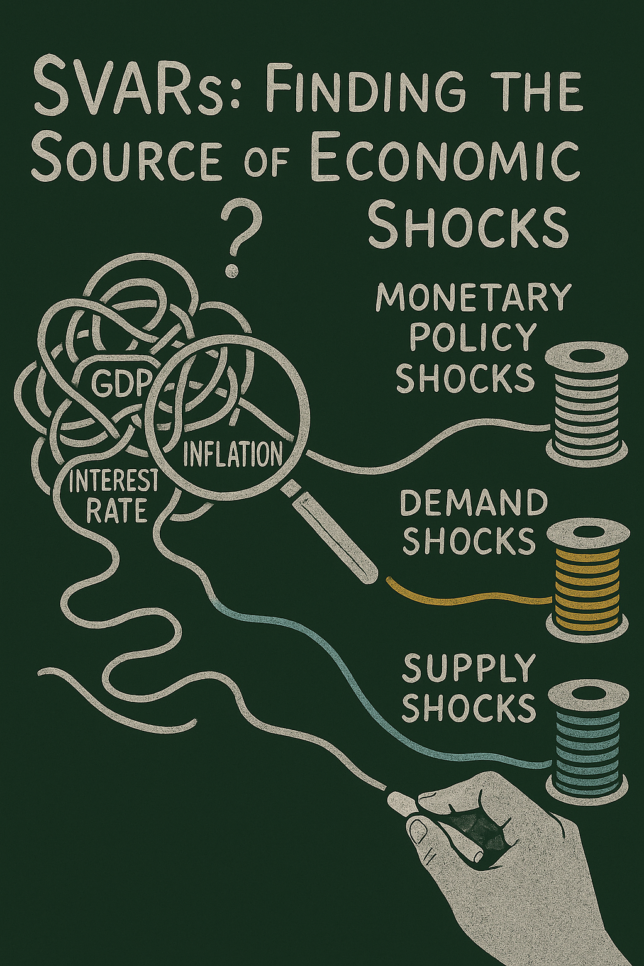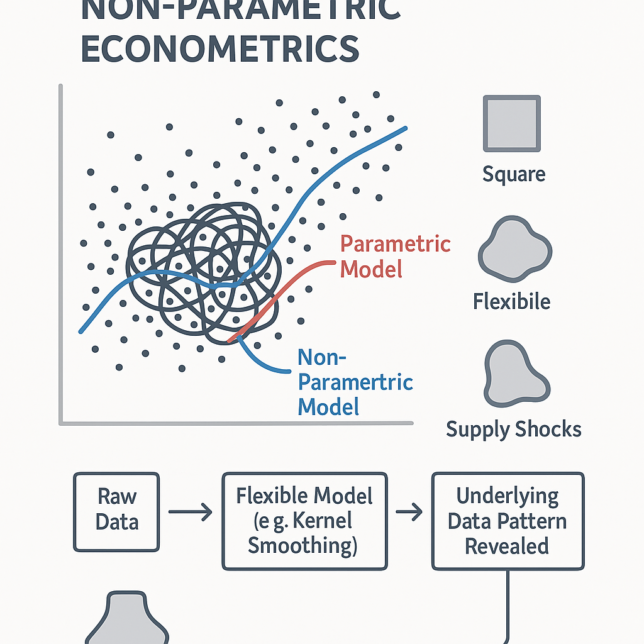Econometrics Modelling: Example 1
The Efficient Market Hypothesis (EMH) is a financial theory that holds that asset prices reflect all available information. According to this view, securities consistently trade at their true value because the market processes all available information. As a result, it is considered highly unlikely for an investor to consistently outperform the overall market through stock […]
Econometrics Modelling: Example 1 Read More »

